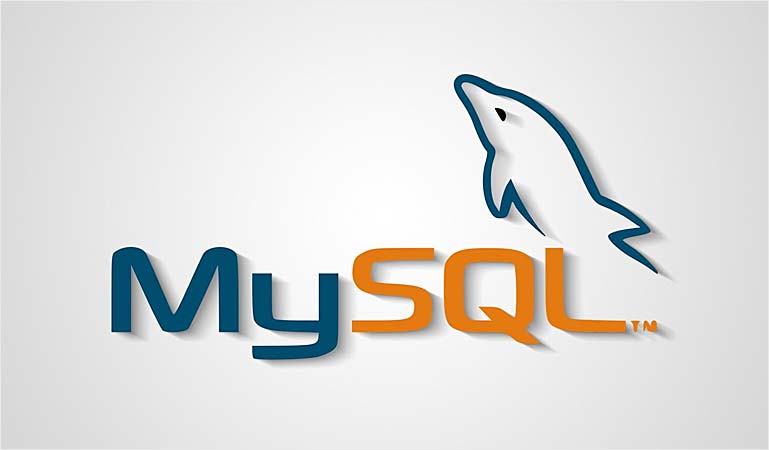What Powers MySQL? The Programming Languages Behind the Database
 Ahmed Raza
Ahmed Raza
MySQL, one of the most widely used relational database management systems (RDBMS), powers countless applications, from small websites to large enterprise systems. Its combination of reliability, performance, and ease of use makes it a go-to choice for developers working on web applications, data warehousing, and beyond.
To truly appreciate MySQL's architecture, efficiency, and scalability, it’s essential to understand the programming languages that power this robust database system. In this article, we explore the primary programming languages behind MySQL and the reasons behind their selection.
The Core Languages: C and C++
At its core, MySQL is built primarily with C and C++, two of the most efficient and performance-oriented programming languages in systems development. The decision to use these languages is based on their ability to provide direct memory access, low-level control, and exceptional speed—critical characteristics for a database system that must handle large datasets, process complex queries, and scale effectively under heavy concurrent operations.
Why C?
C is a low-level language that offers direct access to memory and hardware resources. This capability allows MySQL to achieve superior performance, which is crucial for handling large-scale database operations efficiently. C’s manual memory management plays a significant role in ensuring that resources are allocated and deallocated precisely, ensuring optimal performance.
Here are some key reasons why MySQL is primarily built in C:
Performance: C’s low-level nature allows MySQL to execute tasks like query execution and data storage management at high speeds, which is essential for a performance-sensitive application like a database.
Portability: MySQL is designed to work across a variety of operating systems, including Linux, Unix, and Windows. C’s portability allows MySQL to be compiled and executed seamlessly on these different platforms.
Memory Management: The fine-grained control over memory in C allows MySQL to optimize resource usage, particularly when handling large amounts of concurrent data operations.
Why C++?
C++, as an extension of C, brings object-oriented programming (OOP) features to the table while retaining the efficiency of C. While the core of MySQL remains in C, C++ is employed for certain modules and components due to its ability to organize and structure code in a more maintainable and modular way.
The use of C++ in MySQL helps in:
Improved Code Structure and Maintainability: C++ supports object-oriented principles such as encapsulation, inheritance, and polymorphism, which helps in organizing complex codebases into reusable components.
Performance Efficiency: Despite offering abstraction and higher-level features, C++ is a compiled language with minimal runtime overhead, ensuring MySQL's performance remains high.
Advanced Libraries and Data Structures: MySQL leverages C++’s robust libraries to enhance tasks such as query parsing, optimization, and memory management, improving overall performance and maintainability.
Supporting Languages: Python, Perl, and Shell Scripting
In addition to C and C++, several other programming languages play critical roles in the development and maintenance of MySQL. These languages contribute to testing, automation, and system management tasks, enhancing MySQL’s overall functionality.
Python: Widely used for automation and testing, Python scripts validate MySQL's functionality by running comprehensive test suites. It simplifies testing by allowing developers to automate repetitive tasks and verify system stability.
Perl: Perl was historically employed for administrative and system management tasks, helping in the automation of MySQL deployments and maintenance across systems.
Shell Scripting: On Unix-based systems, shell scripts are crucial for automating installation, configuration, backup, and general database administration tasks, streamlining the operational workflow.
The MySQL Query Optimizer: Efficiency in Action
One of the most critical components of MySQL is the query optimizer, which is responsible for analyzing SQL queries and optimizing their execution plans. Given the complexity of query optimization and the performance demands involved, this critical component relies heavily on C and C++. These languages provide the computational efficiency necessary to analyze queries, evaluate index usage, optimize table joins, and cache strategies—all of which ensure that MySQL delivers quick, reliable performance under heavy query loads.
Conclusion
MySQL’s design and implementation reflect a deliberate choice of programming languages aimed at achieving a balance between performance, scalability, and maintainability. By leveraging the power of C and C++ for the core database engine, MySQL excels in efficiency and resource management, ensuring its ability to handle large datasets and scale under high concurrency. Additional languages such as Python, Perl, and Shell scripting further enhance MySQL’s functionality by enabling testing, automation, and system management.
The combination of these languages provides valuable insights into MySQL’s underlying architecture, contributing to its enduring popularity as one of the leading relational database management systems.
Further Reading
For more detailed information on MySQL’s development, refer to these resources:
Subscribe to my newsletter
Read articles from Ahmed Raza directly inside your inbox. Subscribe to the newsletter, and don't miss out.
Written by

Ahmed Raza
Ahmed Raza
Ahmed Raza is a versatile full-stack developer with extensive experience in building APIs through both REST and GraphQL. Skilled in Golang, he uses gqlgen to create optimized GraphQL APIs, alongside Redis for effective caching and data management. Ahmed is proficient in a wide range of technologies, including YAML, SQL, and MongoDB for data handling, as well as JavaScript, HTML, and CSS for front-end development. His technical toolkit also includes Node.js, React, Java, C, and C++, enabling him to develop comprehensive, scalable applications. Ahmed's well-rounded expertise allows him to craft high-performance solutions that address diverse and complex application needs.